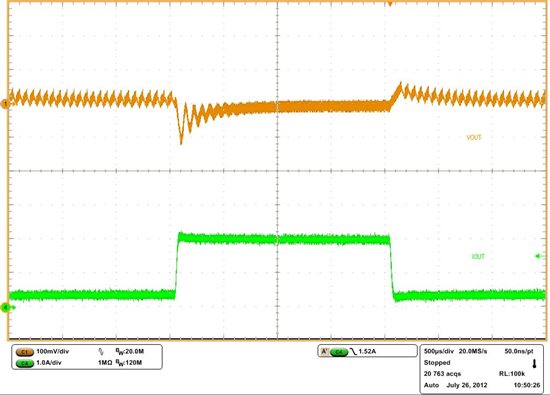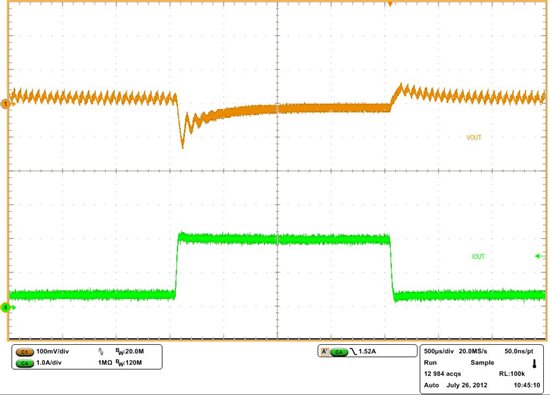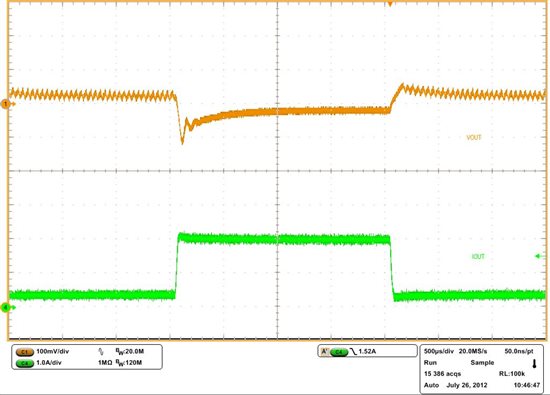Hi,
My customer uses LMZ14203H in several designs. Vin = 20 to 24V, Iout=2A, Vout is 3, 5, 12 or 18V. The data sheet does not mention a maximum allowable output capacitance, but Webench predicts instability when output capacitance is increased to around 300uF.
Is there an instability danger if the extra capacitance is separated from the LMZ's output by some PCB inductance? What is a reasonable PCB trace width/length (or inductance value) to isolate the capacitance?
Thanks,
Rick







